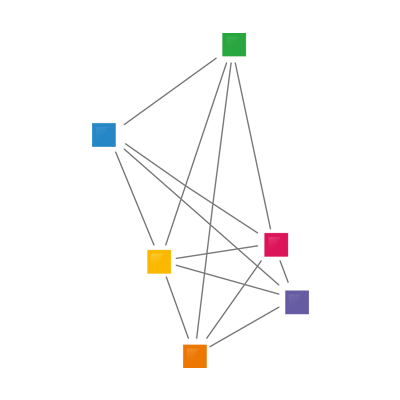UNDP Accelerator Lab
4 Apr 2019 12:45h - 13:00h
Event report
[Read more session reports and live updates from the 2nd Western Balkan Digital Summit]
Ms Jelena Manic Petronikolos, (Team Leader and Acceleration for SDGs at UNDP Serbia) gave a presentation on ‘UNDP Accelerator Labs’.
The purpose of the accelerator aabs is to create the world’s largest and fastest learning network in order to identify the best solutions for the 21st century’s global challenges. The labs are expected to be created in half of the UN Development Programme (UNDP) offices globally.
Manic Petronikolos noted that challenges such as artificial intelligence (AI), employment, climate migration, and fake news are bringing about changes that are occuring at a faster pace than they did in the previous years. Nonetheless, development solutions are lagging behind. The purpose of the accelerator labs is therefore to work in an integrated network, drawing inspiration from local solutions in order to address pressing social, economic, and environmental issues, to name a few.
The labs will establish a portfolio of experiments i.e., test multiple development solutions in parallel so as not to lose time. The objective is to find solutions that will ensure the best performance and communicate them to government actors who have the power to turn them into policy.
Manic Petronikolos explained that the UNDP is the perfect platform for such an undertaking for a number of reasons. Firstly, innovation features in the UNDP’s strategic plan. Secondly, they have a trusted relationship with governments and are a transparent entity. Thirdly, their role is to be the bridge between innovators and decision makers who can take appropriate policy measures. To illustrate this role, the speaker gave the example of Bangladesh where a farmer created floating farms in order to address the issue of floods. Realising the advantage of floating farms, the idea was eventually upscaled for the benefit of the larger community.
The UNDP intends to explore other good local solutions as well as unusual data sources such as satellite imagery in order to identify new patterns and opportunities for addressing global challenges.
By Natasa Perucica
Related topics
Related event

